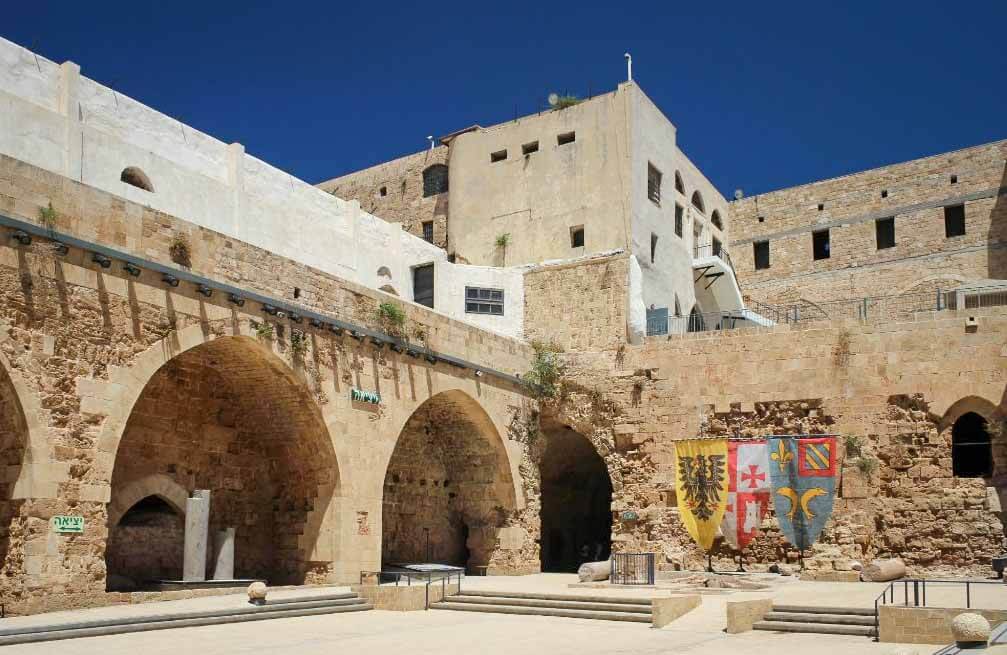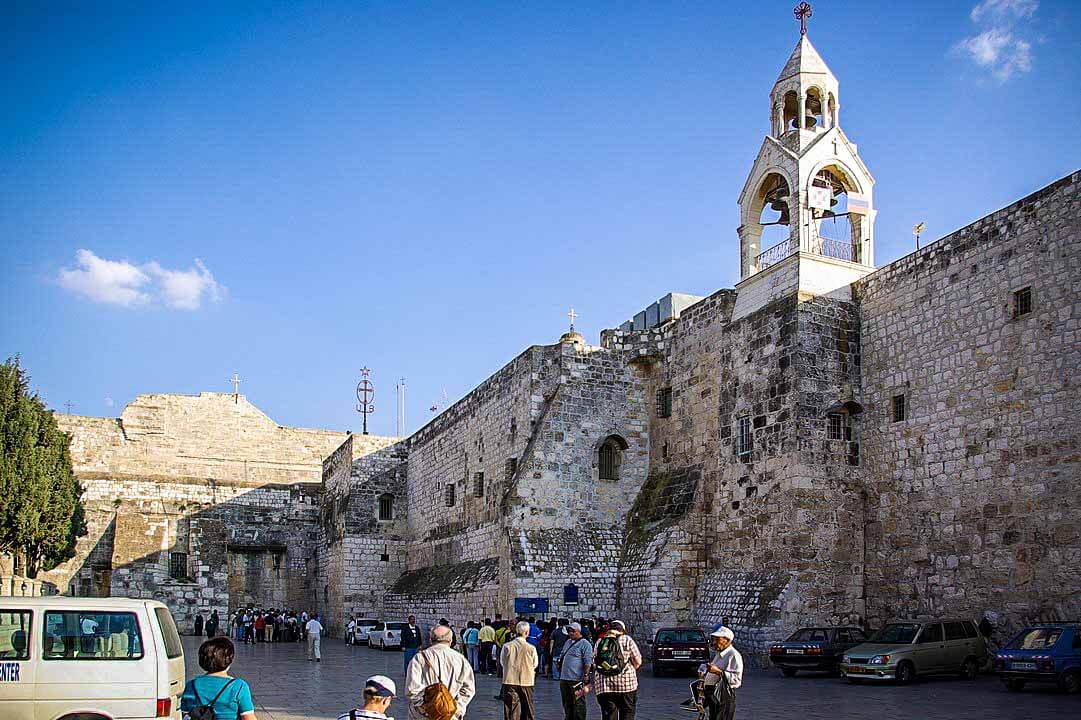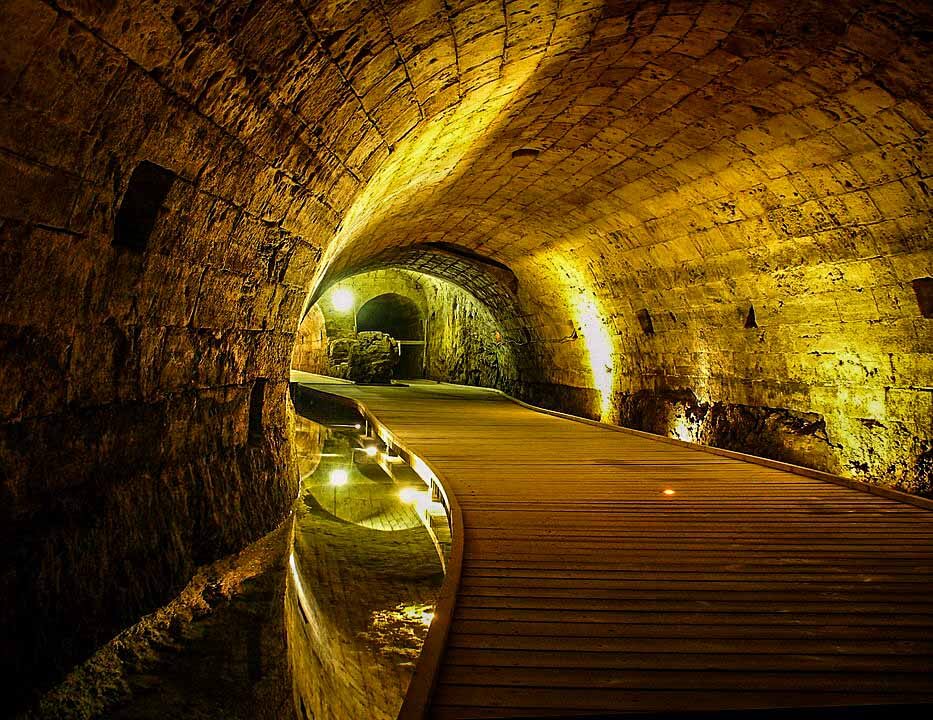Acre, Palestine
Coordinates: 32.923284, 35.069530
The Siege of Acre (also called the Fall of Acre) took place in 1291 and resulted in the Crusaders losing control of Acre to the Mamluks.
It is considered one of the most important battles of the period.
Although the crusading movement continued for several more centuries, the capture of the city marked the end of further crusades to the Levant.
When Acre fell, the Crusaders lost their last major stronghold of the Crusader Kingdom of Jerusalem.
They still maintained a fortress at the northern city of Tartus (today in north-western Syria), engaged in some coastal raids, and attempted an incursion from the tiny island of Ruad, but when they lost that as well in 1302 in the Siege of Ruad, the Crusaders no longer controlled any part of the Jerusalem.
Siege
In 1187, Hz. Salahuddin Ayyubi رحمة الله عليه conquered much of the Jerusalem including Acre and Jerusalem, after winning the Battle of Hattin and inflicting heavy losses on the Crusaders.
The Third Crusade was launched in response; the Crusaders besieged and eventually recaptured Acre in 1191.
Acre became the capital of the Kingdom of Jerusalem. The religious orders made their headquarters in and around the city, and from there made crucial military and diplomatic decisions.
In 1250, the Mamluk Sultanate arose in Egypt. Crusaders considered them more dangerous enemy than the Ayyubids.
As early as 1261, after the Battle of Ain Jalut, Sultan Baibars led the Mamluks against the Crusaders. Baibars captured Caesarea, Haifa, and Arsuf in 1265, all the important Crusader holdings in Galilee the following year, and then Antioch in 1268.
Europe launched a number of minor Crusading expeditions to reinforce the Crusader states, including the abortive Crusade of Louis IX of France to Tunis in 1270.
The expeditions failed to provide the required relief; they were too small, too short-lived, and the interests of the participants were too diverse.
The Crusader states continued to deteriorate from continuing attacks and political instability.
Fall of Acre
The city of Acre fell in 1291. By the night of 18 May, Acre was in Mamluk hands, except for the seaside Templar fortress at the western tip of city.
The fortress held out for ten more days, during which Matthew of Clermont, a Hospitaller marshal, was killed.
After a week, Sultan Khalil and Peter de Severy, the leader of the remaining Templars, negotiated a settlement to grant those in the fortress safe passage to Cyprus.
The agreement collapsed when the Mamluks supervising the evacuation inside the fortress were killed by the Templars.
News of Mamluk victory caused celebrations in Damascus and Cairo. In Damascus, Khalil entered the city with chained Crusader prisoners and captured Crusader standards – carried upside-down in defeat. The Sultan returned to Cairo with the gate of the Church of Saint Andrew from Acre, which was used to construct a mosque and released Philip Mainebeuf’s delegation.
Aftermath, Futile efforts to recapture Jerusalem
The fall of Acre signaled the end of the Jerusalem crusades. No effective crusade was raised to recapture the Jerusalem afterwards, though talk of further crusades was common enough.
The Latin Kingdom continued to exist, theoretically, on the island of Cyprus. There the Latin kings planned to recapture the mainland, but in vain.
Money, men, and the will to do the task were all lacking. One last effort was made by King Peter I in 1365, when he successfully landed in Egypt and sacked Alexandria.Once the city was taken, however, the Crusaders returned to Cyprus.
As a crusade, the episode was futile, and this and further coastal raids over the following decades led in 1410–11 to a destructive counter-raid by the Mamluks.
In 1426 Cyprus was forced into Mameluke vassalship with a hefty yearly tribute.
The 14th century saw some other crusades organized, but these enterprises differed in many ways from the 11th- and 12th-century expeditions which are properly called Crusades.
The crusades of the 14th century aimed not at the recapture of Jerusalem and the Christian shrines of the Jerusalem, but rather at checking the advance of the Ottoman Turks into Europe.
While many of the crusaders in these 14th-century undertakings looked upon the defeat of the Ottomans as a preliminary to the ultimate recapture of the Jerusalem, none of the later crusades attempted any direct attack upon Palestine or Syria.














